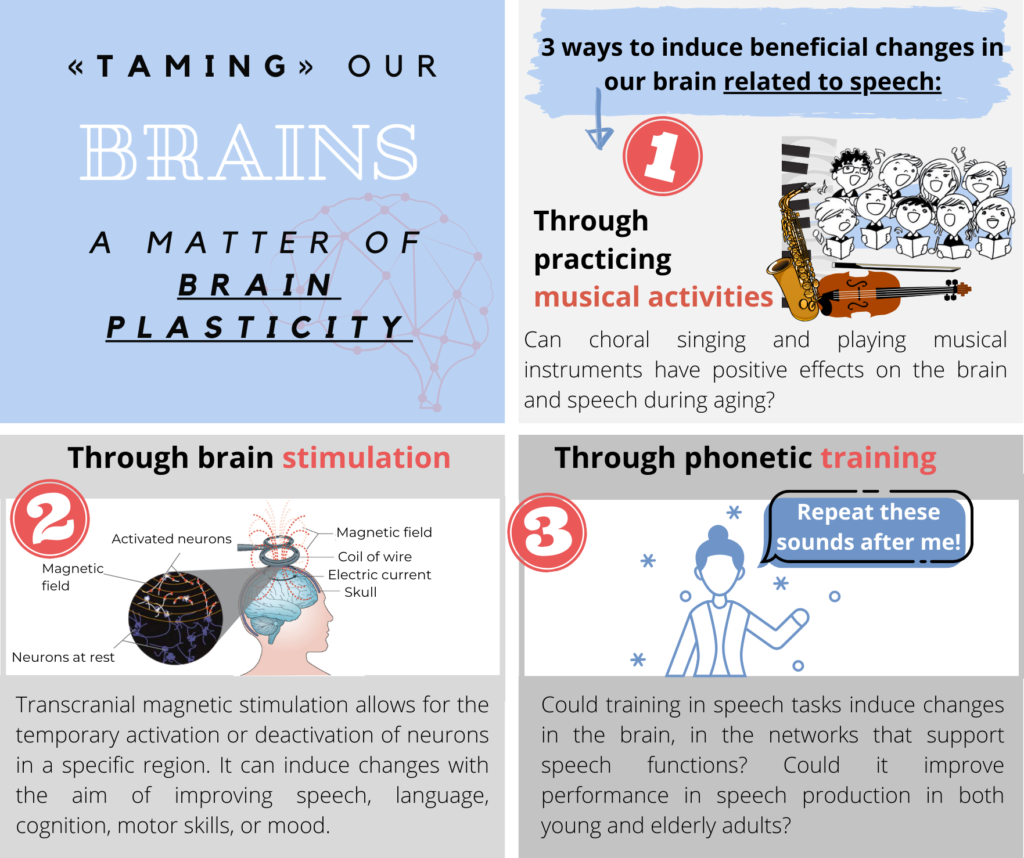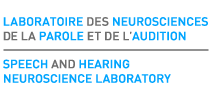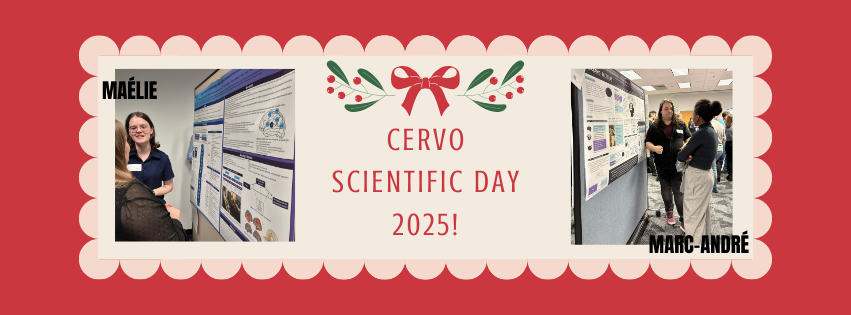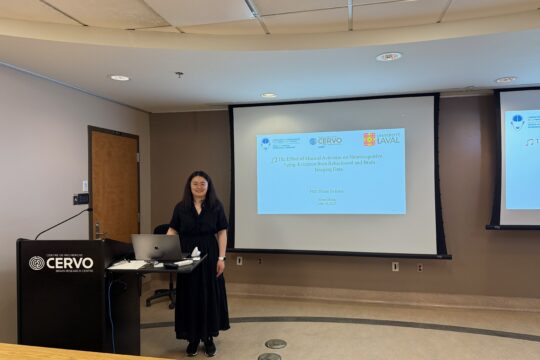
If humans have tamed animals, the elements, and space, can they also tame their own brains? Malleable like plastic and children’s playdough, our brains are capable of adapting and reorganizing themselves throughout our lives. Can we ‘tame’ the mechanisms behind these effects in order to induce beneficial changes in certain areas of the brain?
Plasticity, a key characteristic of the brain, is essential for its proper functioning, learning, and memory. It also allows the brain to transform following physical or psychological trauma, or during aging. One of the main interests of our lab is the impact of aging on the brain and its consequences for speech, language, cognition, and social interactions. Can we identify factors that have positive effects on the aging of communication and social interactions?
Our lab is interested in three mechanisms of plasticity:
- Plasticity through the practice of musical activities at an amateur level
Can choral singing and playing musical instruments have positive effects on the brain during aging? After all, practicing a musical activity is considered a total workout since it engages multiple senses simultaneously: hearing, touch (e.g., internal sensations related to breathing and voice, manipulation of an instrument’s strings), and vision (e.g., reading music sheets). It’s also an exercise that involves multiple cognitive domains, such as concentration, and short and long-term memory (e.g., reading several notes ahead). Continuous musical training can create lasting changes in our brain. The beneficial effects of this practice are known among professional musicians. Results from our lab show a beneficial effect of singing on the voice during normal aging, as well as effects on speech perception in noise, and changes in articulation.
Our research project, funded by FRQNT, has focused on the impact of musical activities on speech and language, particularly lexical access. Magnetic resonance imaging (MRI) also allows us to study the relationship between these activities and the structure and functioning of the brain.
- Plasticity induced by brain stimulation
Transcranial Magnetic Stimulation (TMS) can temporarily activate or deactivate specific regions of the brain. A coil generates brief magnetic fields known as “pulses”. Depending on the stimulation parameters used (e.g., the number of pulses, the strength of the pulses, and the brain region being stimulated), this magnetic field can increase or decrease the activity of the stimulated neurons. TMS can thus induce changes aimed at improving speech, language, cognition, motor skills, or mood.
In our lab, we use TMS to study the production and perception of speech as well as human cognition. For example, Valérie, a student in our lab, has worked on a project to better understand how aging of the brain affects speech perception in noise, and to determine if TMS can induce plastic changes that may reduce age-related difficulties in speech perception in noise. Articles about this project have already been published!
- Plasticity induced by phonetic training
Could training in speech tasks induce changes in the brain, particularly in the networks that underlie speech functions? Could it improve performance in speech production in both young and older adults? If effective, this type of training could be used in a clinical context, such as in the rehabilitation of patients with language disorders.
Our ability to communicate through spoken language is an essential component of social interactions and our everyday life. As aging greatly affects this capability, our lab is interested in several factors that have positive effects on the brain. Taming our brain to age better? We’re working on it!


